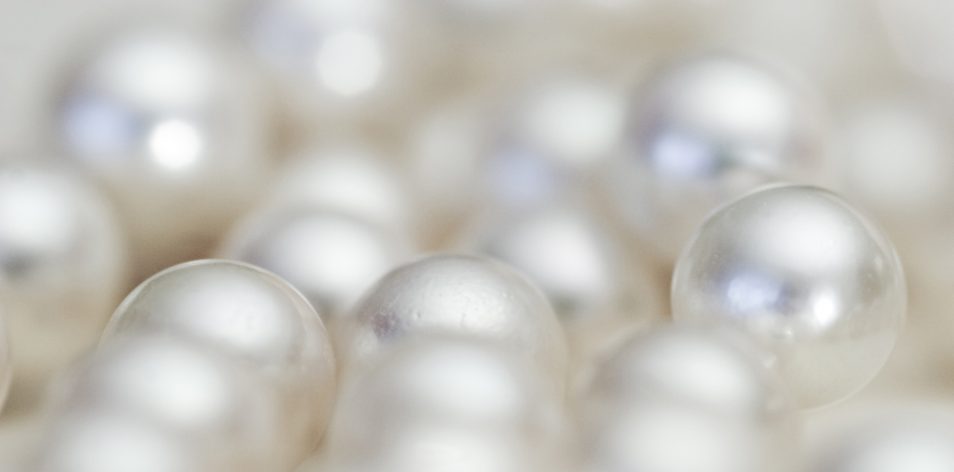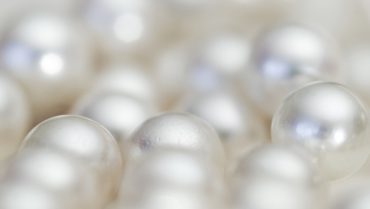Although clear corneal incisions generally self-seal after cataract surgery, there are times when it is necessary to seal the wound with a suture. However, sutures may not seal as well as expected,1-4 and there may be issues with astigmatism induction and eventual suture removal. The ReSure Sealant (Ocular Therapeutix) is an alternative approach that has been found efficacious when ocular incisions or abrasions will not seal.5,6
The implementation of any new product, surgical device, or technique comes with a learning curve—an ocular sealant is no different. This article details our experience with the ReSure Sealant to help other surgeons shorten their learning curve.
GENERAL PEARLS FOR USE
We typically use the ReSure Sealant in the following scenarios: cataract surgery, phakic IOL (implantable collamer lens) implantation, cases of wound leakage, monocular or functionally monocular patients, or for any intraocular surgery patient who is deemed high risk for endophthalmitis. The ReSure Sealant provides an excellent barrier function and helps keep fluid in the eye and infectious organisms out.
Over the course of our experience, we have discovered several pearls that optimize the use of this sealant. One of the most important surgical pearls is to ensure that the incision is completely dry before application. If the ocular surface is not dry, the sealant will not stay in place and the wound will not seal properly.
To guarantee secure application of the sealant, it is imperative to appropriately time the mixing and the application and withdrawal of the applicator from the ocular surface. The clock starts when we use the nonabsorbable applicator to drag the diluent toward the polyethelene glycol and begin mixing rapidly. We mix for 5 seconds, ensuring that the tip of the applicator is properly covered with the material.
We then place the applicator on the ocular surface at 7 seconds, maintaining contact with the ocular surface as we create a micro-swirling motion to appropriately cover the breadth of the incision. Surgeons should not be afraid to go back to the well and apply more sealant as long as it can be reapplied before 12 seconds. By 12 seconds, we withdraw the applicator to prevent stranding, as the sealant begins its polymerization from a liquid to a gel-like sealant. If it is necessary to remix or constitute additional gel, the second set of wells can be utilized.
When applying the ReSure Sealant, it is critical to ensure that no added force is applied to the wound. If the wound is compressed, the wound will gape and cause fluid egress, washing away the sealant and causing inadequate sealing. The sealant must have a dry ocular surface to function correctly.
If the patient’s IOP is too high, it may cause fluid egress, thus negating the sealant. One pearl we have found to be effective is to decompress the anterior chamber prior to applying the sealant, ensuring a dry incision site. Once the sealant is adequately placed, the surgeon can repressurize the eye using the paracentesis incision.
PEARLS FOR USE WITH DSAEK
In our practice, we routinely perform sutureless Descemet stripping automated endothelial keratoplasty (DSAEK). We have found the addition of the ReSure Sealant to be beneficial and have acquired several pearls that have helped us deliver improved outcomes.
When using the ReSure Sealant during DSAEK, the sealant can be applied during the 10-minute air fill. The wound will be completely dry, so it is an ideal time to apply the sealant. The sealant should not be applied to all of the wounds, as access to the anterior chamber will be cut off, making air-fluid exchange difficult. For that reason, we always leave at least one paracentesis incision untouched.
Occasionally, after the sealant is placed, a micro-leak may persist. This will be visible in the form of small bubbles at the wound site. When this occurs, we decrease the IOP, dry the incision site, and apply another coating of the ReSure Sealant. If the micro-leak persists, we place a suture. In this scenario, the advantage of applying the ReSure Sealant first is that as the suture is passed, the anterior chamber will remain stable without shallowing; as a result, the graft should stay in position.
The sealant also provides added safety to the procedure. As a suture is passed, it is possible to nick a blood vessel in the angle and cause a hyphema to occur. This risk is not present when using the ReSure Sealant. In addition, the barrier function of the sealant helps keep fluid in the eye and microorganisms out. This is great for all patients, especially those at risk of endophthalmitis, as mentioned previously.
VIDEO | Dr. Kouchouk showcases pearls for success with the ReSure Sealant
SUMMARY
In our practice, the advantages of using the ReSure Sealant have outweighed the cost of the product and the associated learning curve. The ReSure Sealant is a viable method to ensure adequate wound sealing with sutureless DSAEK, cataract surgery, and phakic IOL implantation and helps optimize surgical results.
1. Chee SP. Clear corneal incision leakage after phacoemulsification–detection using povidone iodine 5%. Case report. Int Ophthalmol. 2005;26:175-179.
2. Mifflin MD, Kinard, K, et al. Comparison of stromal hydration techniques for clear corneal cataract incisions: conventional hydration versus anterior stromal pocket hydration. J Refract Surg. 2012;38(6):933-937.
3. Herretes S, Stark WJ, et al. Inflow of ocular surface fluid into the anterior chamber after phacoemulsification through sutureless corneal cataract wounds. Am J Ophthalmol. 2005;140;737-740.
4. Masket S, Hovanesian J, et al. Hydrogel sealant versus sutures to prevent fluid egress after cataract surgery. J Cataract Refract Surg. 2014;40:2057-2066.
5. Krader CG; reviewed by Kim TR. Hydrogel sealant better than sutures. Ophthalmology Times. January 1, 2014.
6. Krader CG; reviewed by Lane SS. Closing cataract incisions: sealants better than sutures. Ophthalmology Times. October 1, 2014.




